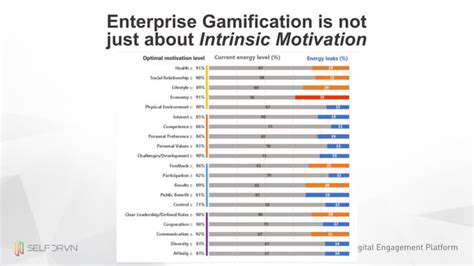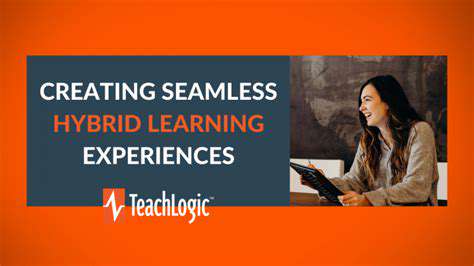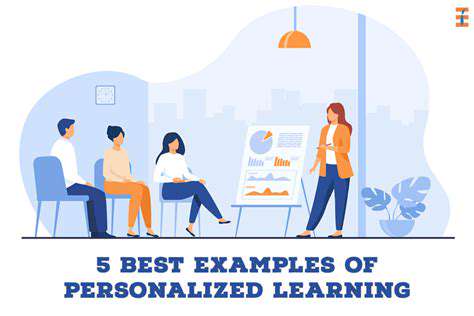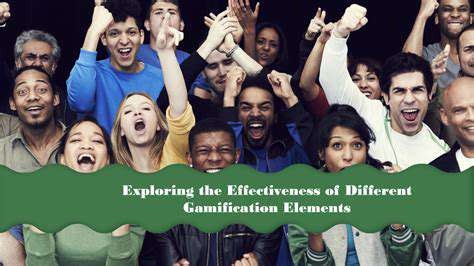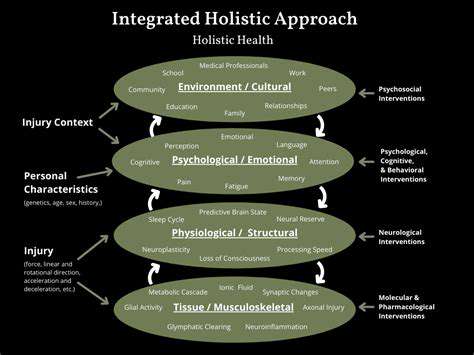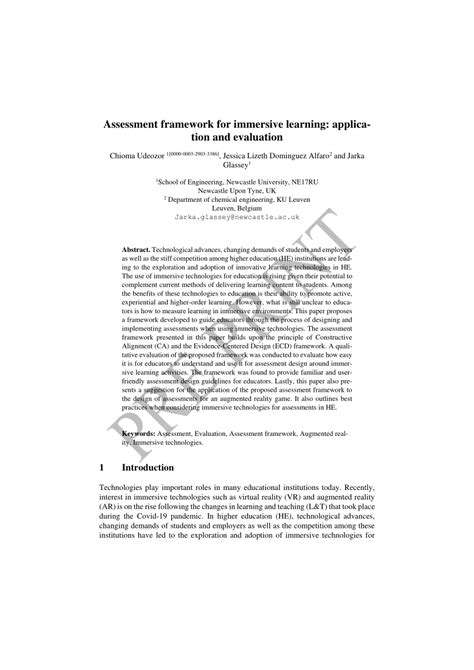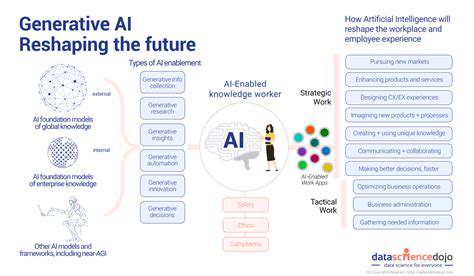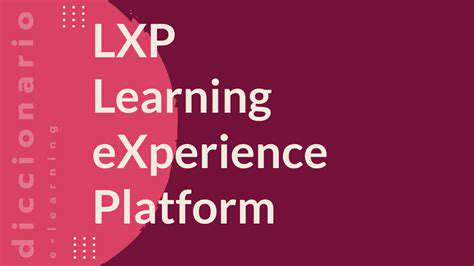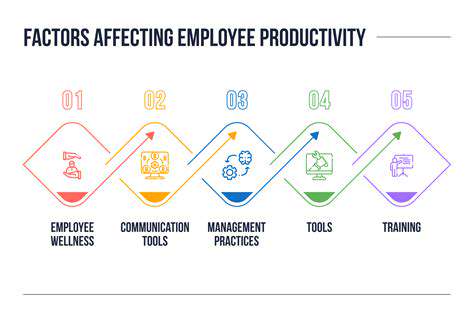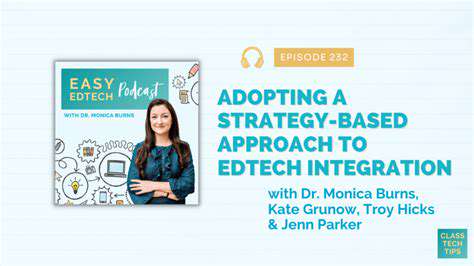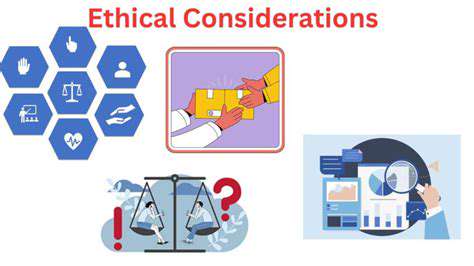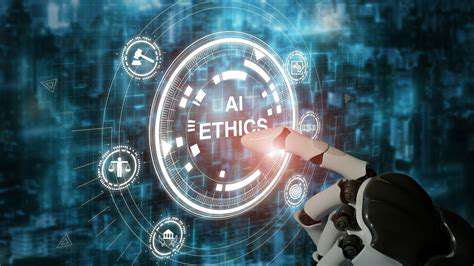Augmented Reality for Field Trips: Bringing the World to Students
AR: A Gateway to Historical and Cultural Immersion
AR: A Powerful Tool for Historical Exploration
Augmented Reality (AR) is changing how we engage with history and culture. By blending digital elements with the real world, AR turns static displays into lively, hands-on learning adventures. Picture strolling through an ancient ruin while 3D reconstructions, ambient sounds, and storytellers transport you to another era. This approach shatters the glass cases of traditional museums, making history tangible for everyone.
Historical figures can step out of textbooks through AR, letting users ask questions, hear firsthand accounts, and gain personal insights. This interactivity cultivates nuanced perspectives on the past that lectures alone rarely achieve.
Immersive Cultural Experiences Through AR
Cultural immersion reaches new depths with AR technology. Wander through a virtual Moroccan souk where digital merchants explain Berber rug-weaving techniques. Try on traditional Japanese kimonos or examine intricate Balinese carvings through interactive overlays. These experiences build cultural literacy far beyond what guidebooks offer.
Enhancing Field Trip Learning with AR
Field trips evolve from passive tours to investigative journeys with AR. At Gettysburg, students don't just hear about Pickett's Charge - they witness virtual regiments advancing across the actual terrain. This spatial learning cements understanding in ways textbooks never could. Contextual overlays reveal hidden histories of every location.
AR's Accessibility and Inclusivity in Education
Educational barriers crumble with AR's adaptable interfaces. Dyslexic students absorb material through interactive 3D timelines. Hearing-impaired learners access signed historical narratives. Kinesthetic learners manipulate virtual artifacts. This universal design philosophy ensures no learner gets left behind.
AR for Archaeological Exploration and Preservation
At Pompeii, AR headsets reveal frescoes in their original vibrant colors before the eruption. Crumbling Mayan temples regain their towering height through digital reconstruction. This technology doesn't just show the past - it actively preserves cultural heritage. Delicate sites remain protected while visitors experience them in their prime.
AR's Potential for Engaging Students in the Field
Students become active researchers with AR field tools. At colonial Williamsburg, they interview virtual townspeople about revolutionary politics. In rainforests, they track species interactions through augmented wildlife tags. This transforms observation into participation.
Future Applications and Challenges of AR in Education
While AR promises revolutionary learning, hurdles remain. Schools need affordable hardware solutions. Teachers require training to maximize pedagogical value. The greatest challenge isn't technological - it's ensuring equitable access for all students. Strategic partnerships between educators and developers will determine AR's educational impact.
Expanding Geographic Reach: Exploring Remote Locations Virtually

Expanding Global Market Presence
Successful geographic expansion demands meticulous market analysis. Cultural intelligence separates market leaders from failed ventures. Beyond demographic data, understanding local values, communication norms, and decision-making processes proves critical. Regulatory landscapes vary dramatically - what's compliant in one region may violate laws elsewhere.
Physical infrastructure often determines operational feasibility. Reliable cold chains matter more for perishable goods than for software. Time zone differences require creative scheduling solutions for global teams.
Developing Localized Strategies
McDonald's serves McFalafel in Egypt and Teriyaki Burgers in Japan for good reason. Cultural adaptation isn't optional - it's existential. Even colors carry different meanings across cultures (while white signifies purity in the West, it represents mourning in parts of Asia).
Language localization goes beyond translation. German consumers prefer detailed technical specifications, while Brazilian shoppers respond to emotional storytelling. Nuanced localization builds trust that direct translations often break.
Building Strategic Partnerships
Local partners provide more than distribution networks. They offer cultural interpreters who navigate unspoken business rules. In Japan, established keiretsu relationships often determine market access. Middle Eastern deals frequently depend on wasta (influence) networks.
Due diligence prevents partnership pitfalls. Align with partners who share your ethical standards, not just your profit motives. Regular audits maintain quality control across borders.
Leveraging Digital Channels
While digital platforms enable global reach, localization remains key. Chinese consumers use completely different platforms than Western markets. WeChat dominates China, while Line owns Japan and KakaoTalk leads South Korea.
Adapting Products and Services
Product adaptation ranges from subtle to radical. Even Starbucks adjusts sweetness levels regionally. More dramatically, automakers produce right-hand drive vehicles for certain markets. Software companies must accommodate local data privacy laws in their architecture.
Managing Cross-Cultural Differences
Cultural fluency prevents costly misunderstandings. In high-context cultures like Japan, what's unsaid often matters more than spoken words. German business culture values directness that would offend Thai counterparts. Gift-giving protocols vary enormously - appropriate in China, potentially problematic under the UK Bribery Act.
Financial and Operational Planning
Currency fluctuations can erase thin margins. Hedging strategies protect against volatile exchange rates. Local banking relationships ease cross-border transactions. Compliance teams must track evolving tax regimes and reporting requirements.

Interactive Learning and Collaborative Exploration
Immersive Field Trip Experiences
AR dissolves classroom walls, transporting students to active volcanoes or ancient battlefields. Rather than memorizing geological layers, they virtually peel back Earth's crust. This experiential learning triggers neural connections that passive study cannot.
During virtual Roman excursions, students don't just see the Colosseum - they hear gladiators' footsteps and feel the crowd's roar through haptic feedback. Sensory immersion creates emotional memories that boost retention.
Real-Time Data Collection and Analysis
Field biology transforms with AR-assisted species identification. Students photograph organisms, then access layered data about habitat ranges and conservation status. This immediacy connects classroom theory to living ecosystems. Water quality testing becomes engaging when results trigger animated explanations of pH effects.
Personalized Learning Paths
AR adapts to individual learning speeds. Struggling students receive additional visual explanations, while advanced learners unlock deeper content layers. This differentiation prevents both frustration and boredom. Shy students gain confidence through private AR coaching avatars.
Enhanced Collaboration and Communication
Shared AR workspaces let student teams annotate virtual specimens simultaneously. Collaborative problem-solving in mixed reality builds twenty-first-century skills. Debate skills sharpen as students defend interpretations of augmented historical scenes.
Accessibility and Inclusivity
AR descriptions empower visually impaired students to see dinosaur skeletons through detailed audio. Customizable interfaces accommodate diverse neurological needs. Motion-controlled interfaces assist students with limited mobility.
Cost-Effective Solutions
Virtual dissections eliminate specimen costs and ethical concerns. AR field trips to Machu Picchu cost less than bus fare to local museums. Schools can reinvest savings in teacher training or need-based technology access.
Safety and Practical Application
Chemistry students mix volatile compounds virtually. AR safety drills prepare students for real lab emergencies. Medical trainees practice procedures on holographic patients before touching real ones.
Read more about Augmented Reality for Field Trips: Bringing the World to Students
Hot Recommendations
- The Gamified Parent Teacher Conference: Engaging Stakeholders
- Gamification in Education: Making Learning Irresistibly Fun
- The Future of School Libraries: AI for Personalized Recommendations
- EdTech and the Future of Creative Industries
- Empowering Student Choice: The Core of Personalized Learning
- Building Community in a Hybrid Learning Setting
- VR for Special Education: Tailored Immersive Experiences
- Measuring the True Value of EdTech: Beyond Adoption Rates
- Addressing Digital Divide in AI Educational Access
- Preparing the Workforce for AI Integration in Their Careers
